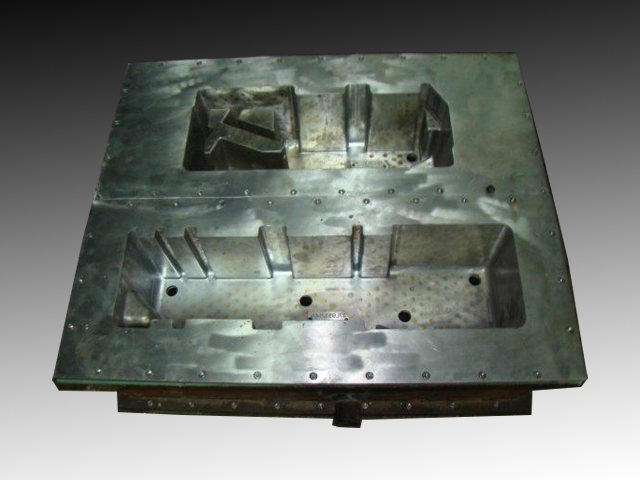Intricate Moulds
Intricate molds are molds that feature complex and detailed designs, often with intricate patterns, textures, or shapes. These molds are used in various industries such as automotive, aerospace, consumer goods, and art and sculpture. Intricate molds can be created through different manufacturing processes, including injection molding, casting, or CNC machining, depending on the specific requirements and material used.
Here are some key considerations when dealing with intricate molds:
- Design: Designing intricate molds requires careful consideration of the desired intricate features. Computer-aided design (CAD) software is often used to create detailed and precise designs, allowing for intricate patterns, undercuts, or fine textures. The design should ensure proper material flow, cooling, and ease of mold release.
- Manufacturing Method: The manufacturing method for intricate molds depends on the material, complexity, and desired production volume. Injection molding is commonly used for intricate molds in plastics, while casting processes like investment casting or die casting can be employed for intricate metal molds. CNC machining is another option for creating intricate molds from various materials.
- Material Selection: The material used for intricate molds depends on the specific application and requirements. Common materials include metals like aluminum or steel for durability, and high-quality thermoplastics or elastomers for injection molding. The material should have the necessary strength, heat resistance, and surface finish characteristics to accurately reproduce the intricate details.
- Mold Fabrication: Fabricating intricate molds requires precision and attention to detail. Advanced machining techniques such as CNC milling or electrical discharge machining (EDM) are often used to achieve intricate features and complex shapes. Depending on the complexity, the mold may need to be fabricated in multiple pieces that can be assembled later.
- Surface Finish and Texture: Intricate molds often require specific surface finishes or textures to reproduce the intricate details accurately. Techniques like polishing, sandblasting, or chemical etching can be used to achieve the desired texture or finish on the mold surface.
- Mold Maintenance: Regular maintenance of intricate molds is crucial to ensure their longevity and consistent performance. Proper cleaning, inspection, and repair of any damaged or worn-out areas will help maintain the quality of the mold and the parts it produces.
